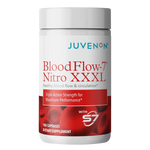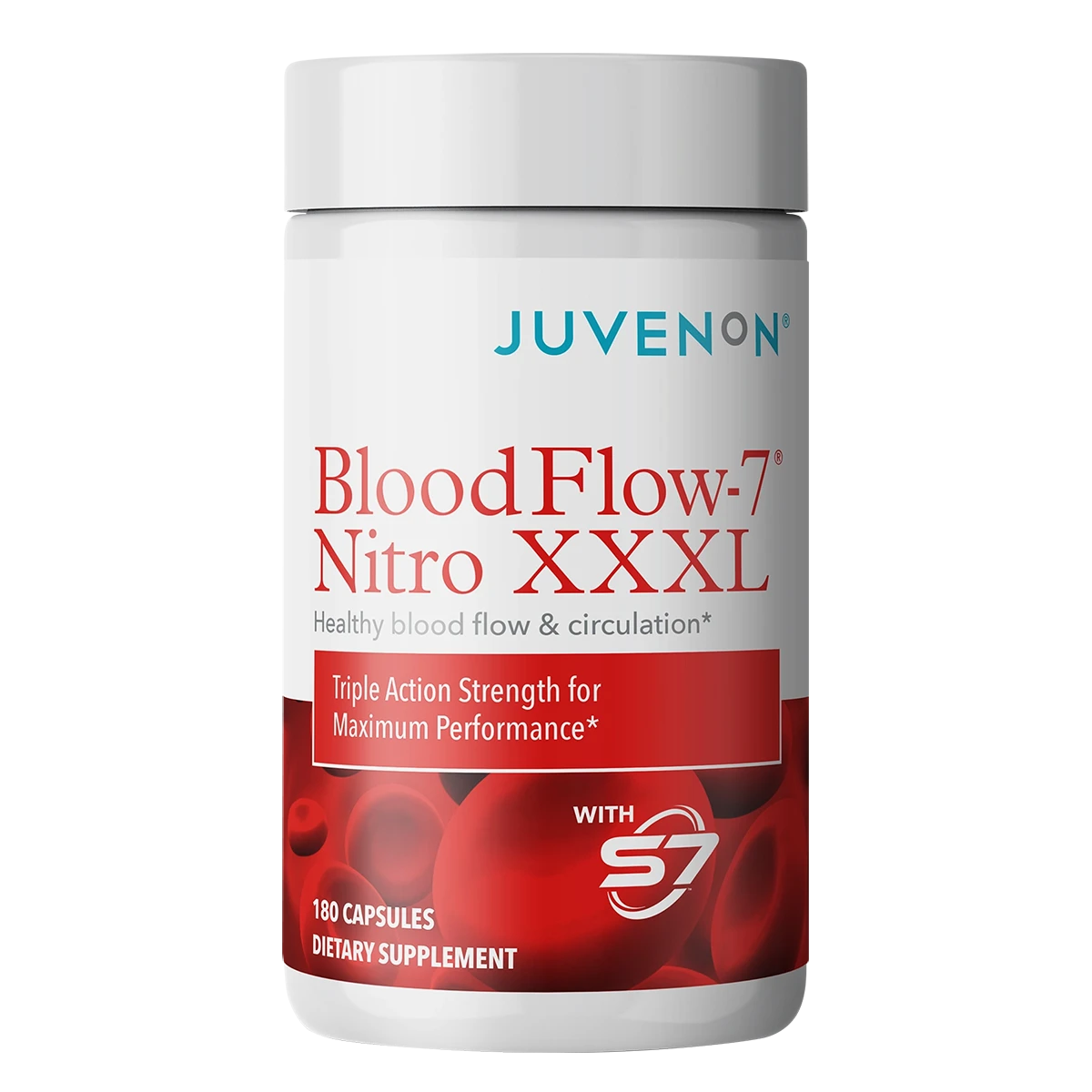
Joint pain can be debilitating and impact your daily life, making even the simplest tasks challenging. Traditional treatments like medication and physical therapy can help but may not always provide complete relief.
Fortunately, several mind-body approaches and natural dietary supplements can help you manage joint pain more effectively and holistically.
This article will explore several mind-body approaches to managing joint pain effectively.
Gentle Exercise
Finding a balance between rest and activity is essential when dealing with joint pain. While it may seem counterintuitive, gentle exercise can help alleviate discomfort and promote healing. Low-impact activities like swimming, yoga, or tai chi are ideal for those suffering from joint pain, as they help improve flexibility, strengthen muscles, and reduce inflammation without putting too much strain on the affected joints.
Before starting any new exercise routine, consult a healthcare professional to ensure you choose the right activities for your specific needs. They may recommend specific exercises or modifications to prevent further injury and maximize the benefits of your workout.
Mindfulness Meditation
Mindfulness meditation is a powerful tool to help you better understand your body's sensations, including pain. By focusing on the present moment and observing your thoughts and feelings without judgment, you can learn to manage joint pain more effectively and reduce stress, which often exacerbates pain.
To practice mindfulness meditation, find a quiet space to sit comfortably. Close your eyes and take slow, deep breaths. Pay attention to the sensations in your body and any thoughts that arise. If your mind wanders, gently bring your focus back to your breathing. With regular practice, you may notice an improvement in your ability to cope with joint pain and an overall sense of calm.
Progressive Muscle Relaxation
Progressive muscle relaxation (PMR) is a technique that involves tensing and relaxing different muscle groups systematically. Learning to control your muscle tension can alleviate joint pain and improve overall relaxation.
To practice PMR, find a comfortable position and begin by focusing on your feet. Tense the muscles in your feet for a few seconds, then release the tension and relax. Move up to your calves and thighs, and continue through the rest of your body, tensing and relaxing each muscle group.
Breathing Exercises

Deep, slow, and controlled breathing exercises can help to reduce stress and promote relaxation. This, in turn, may help to alleviate joint pain by relaxing the muscles around the affected joints.
One simple breathing exercise is the 4-7-8 technique: inhale for four counts, then hold your breath for seven counts. Finally, exhale for eight counts. Repeat this cycle several times to help calm your nervous system and reduce pain.
Biofeedback
Biofeedback is a technique that teaches you to control bodily functions such as heart rate, blood pressure, and muscle tension. With the help of a trained therapist and specialized equipment, you can learn to recognize and manage the physical symptoms of joint pain. By gaining greater control over your body's responses, you may experience reduced pain and improved function.
Try These Mind-Body Approaches to Managing Joint Pain
In conclusion, incorporating these mind-body approaches to managing joint pain and natural dietary supplements into your daily routine can help you manage joint pain more effectively, improve mobility, and enhance your overall quality of life.
Remember that everyone's experience with joint pain is unique, so it may take some trial and error to find the best approach for you. Be patient and stay committed to finding strategies to help you feel better and live a more comfortable, active life.






















